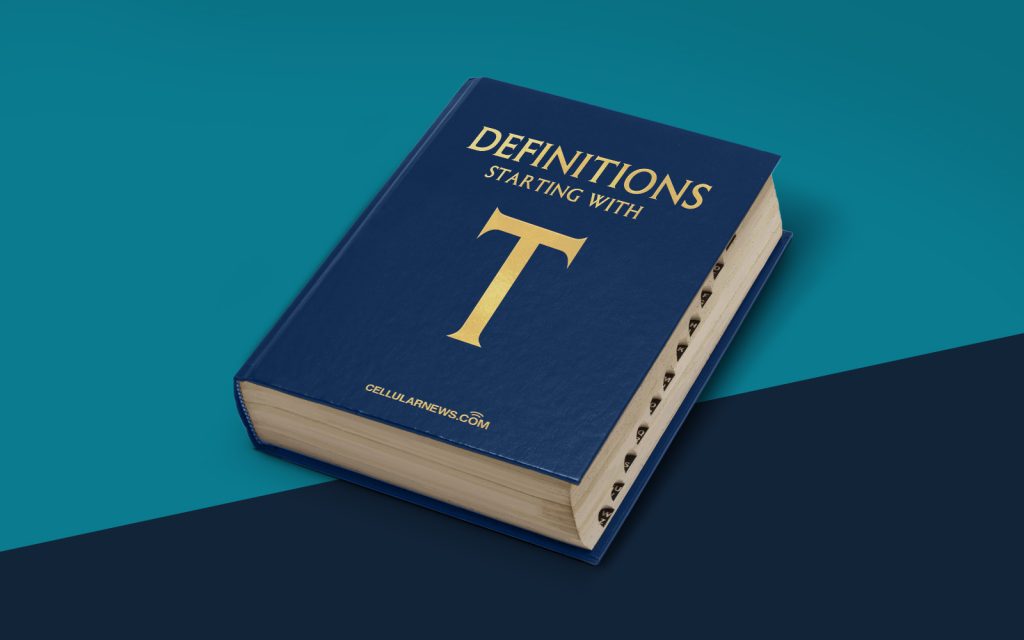
Welcome to the World of Trusted Data Format (TDF)
Have you ever wondered about the Trusted Data Format (TDF)? If so, you’ve come to the right place! In this article, we will explore the concept of TDF and its significance in the world of data security and integrity.
Key Takeaways
- Trusted Data Format (TDF) is a standard format used to ensure the security and integrity of data.
- TDF provides a secure way to store and transmit data by using encryption and hashing techniques.
Now, let’s dive into the details and explore the fascinating world of TDF!
What is Trusted Data Format (TDF)?
Trusted Data Format (TDF) is a standardized format that ensures the security and integrity of data. It is specifically designed to protect sensitive information from unauthorized access and manipulation.
TDF incorporates various cryptographic techniques, such as encryption, decryption, and hashing, to provide a secure way to store and transmit data. By converting data into this trusted format, organizations can ensure that the information remains confidential, untampered, and verifiable throughout its lifecycle.
TDF is widely used in industries that handle sensitive data, such as finance, healthcare, and government sectors. Its adoption has become crucial in today’s digital landscape, where data breaches and cyber-attacks are prevalent. By utilizing TDF, organizations can mitigate the risk associated with data breaches and ensure the trustworthiness of their data.
The Benefits of Trusted Data Format (TDF)
Now that we understand what TDF is, let’s explore its benefits:
- Enhanced Data Security: TDF uses encryption techniques to protect data from unauthorized access. By converting data into this format, organizations can ensure that even if the information gets into the wrong hands, it remains inaccessible and unintelligible.
- Data Integrity and Verifiability: TDF incorporates hashing algorithms to ensure data integrity. Hashing creates a unique identifier for the data, making it possible to verify its authenticity and detect any tampering attempts. This provides organizations with the confidence that their data has not been altered.
These are just a few of the many benefits of adopting TDF. Embracing this trusted format empowers organizations to handle sensitive data securely, maintain data integrity, and build trust with their stakeholders.
In Conclusion
The Trusted Data Format (TDF) serves as a standardized approach to data security and integrity. By leveraging encryption and hashing techniques, TDF provides a secure way to store and transmit data. Its adoption is crucial in safeguarding sensitive information and maintaining trust in the digital world.
So, the next time you come across the term “Trusted Data Format,” you’ll know exactly what it means and how it can benefit organizations in securing their valuable data.
